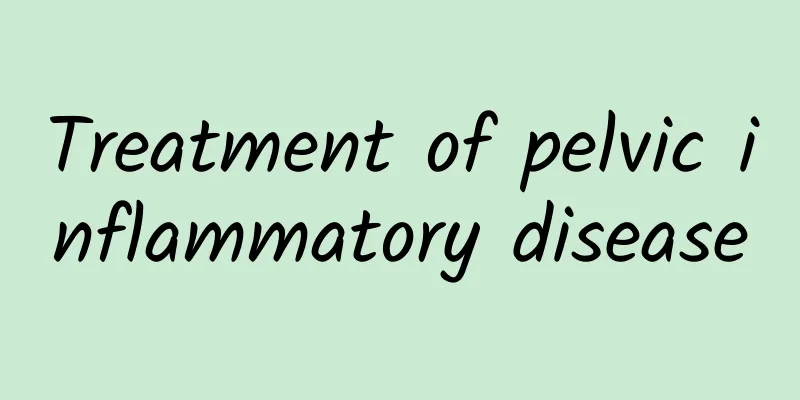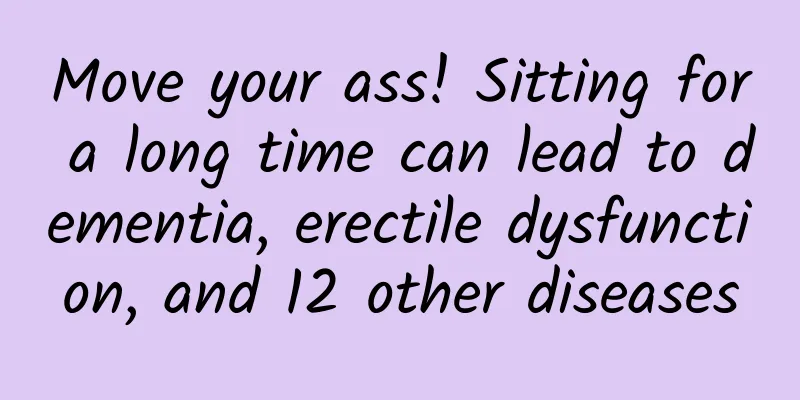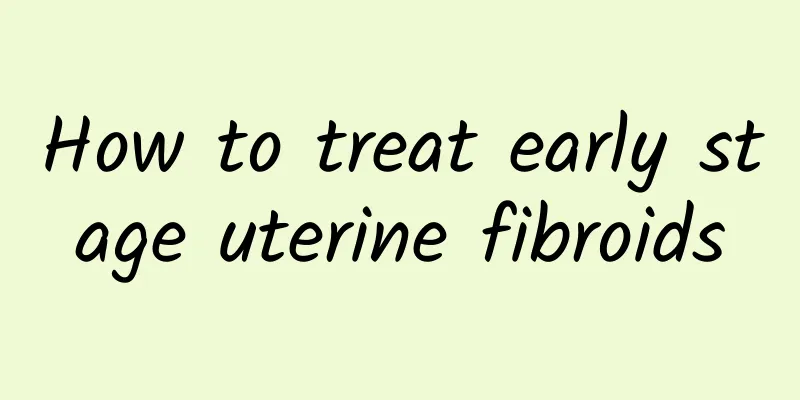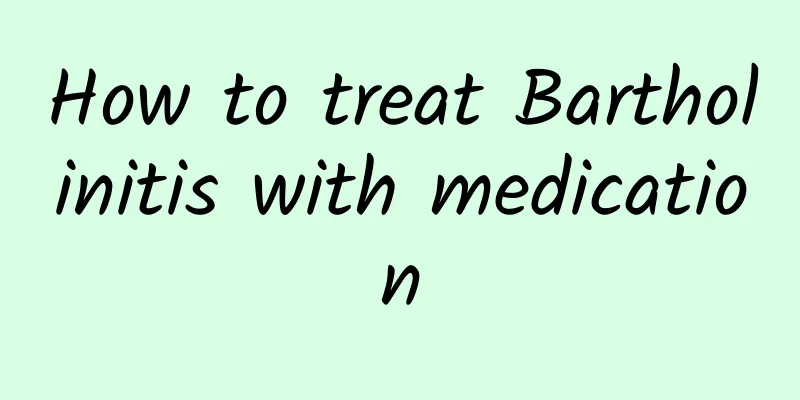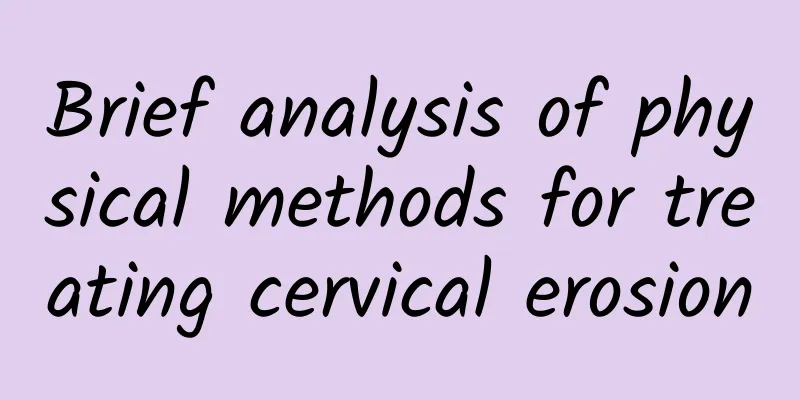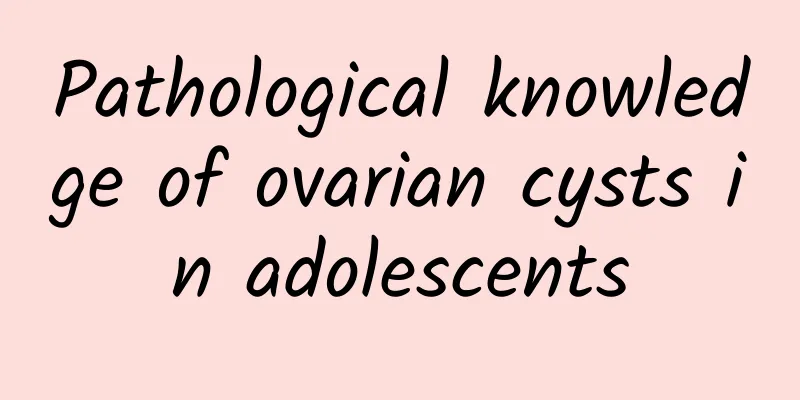Don't be careless about irregular menstruation during puberty. Check early to prevent polycystic ovary syndrome
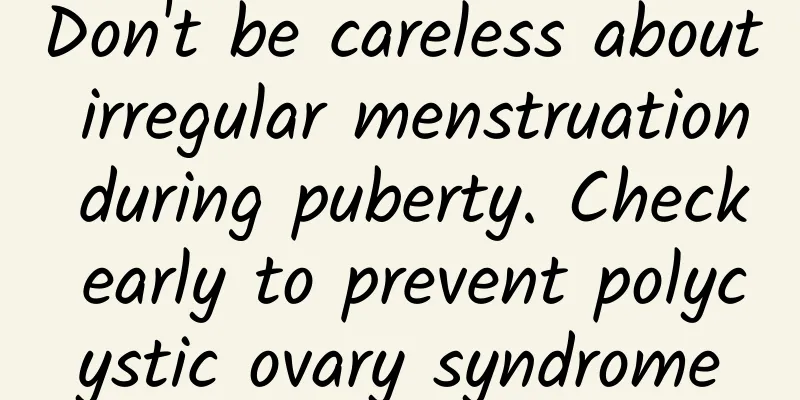
|
Don't be careless about irregular menstruation during puberty. Check early to prevent polycystic ovary syndrome Polycystic ovary syndrome is a common disease in women of childbearing age. Patients are often diagnosed with the disease during infertility treatment. But in fact, polycystic ovary syndrome begins to show obvious symptoms during adolescence, such as irregular menstruation, including infrequent menstruation and amenorrhea. Parents and girls are reminded that if they find abnormal menstruation, they should go to a regular hospital for diagnosis and treatment as soon as possible. Symptoms that can be confused with puberty 1. Since menarche, most of these women have irregular menstruation, but many people do not have the awareness of seeking medical treatment, thinking that the menstrual cycle of adolescent girls is not fixed. Indeed, many adolescent women will have irregular menstruation after menarche. About 80% of women are anovulatory within one year of menarche, but most of them will have regular ovulation two or three years after menarche. 2. Women with normal menstruation will ovulate once a month, and each time they ovulate several times, and usually one normally developed follicle containing an egg is released in the end, which can lead to conception. Polycystic ovaries mean that the patient's ovaries develop more follicles than normal ovaries every month. Although most follicles will become larger, it is difficult to release mature eggs. Often, a normal egg cannot be released for several months, which manifests as infrequent menstruation or even amenorrhea. 3. In addition to irregular menstruation, PCOS also has some symptoms that are easily confused with some conditions of adolescence, such as acne. Acne is very common in adolescent women, and PCOS patients also have acne, seborrheic dermatitis, and hirsutism. This is due to excessive androgen. In addition to causing excessive body hair in women, obesity is also related to it. |
<<: Analysis of the hazards of endometrial tuberculosis
>>: Can 17mm pelvic effusion heal itself?
Recommend
Correct and effective methods are needed to regulate dysmenorrhea
From ancient times to the present, dysmenorrhea h...
Eat less rice dumplings during Dragon Boat Festival to avoid excessive calories and sodium
The Dragon Boat Festival is approaching, and hund...
What is the normal progesterone level at 10 weeks of pregnancy?
The normal value of progesterone at 10 weeks of p...
How to judge whether left ovarian cyst needs surgery or can it be treated with drugs?
Ovarian cysts refer to benign tumors of the ovari...
Women should pay more attention to the common symptoms of chronic cervicitis
Cervicitis is a common disease among women of chi...
How to regulate irregular menstruation after artificial abortion Why does artificial abortion lead to irregular menstruation
1. Causes of irregular menstruation after artific...
How to treat if you are not pregnant after abortion
If infertility problems occur after abortion, it ...
What should you pay attention to before painless abortion surgery?
Things to note before painless abortion 1. Sexual...
4 principles to control weight gain during the 4-day New Year holidays
If you eat and drink too much during the Chinese ...
Can I go back to work after two days of rest after abortion?
Abortion is artificial miscarriage. Doctors will ...
Causes of senile vaginitis
Causes of senile vaginitis: The phenomenon of vag...
Can I still get pregnant after three miscarriages?
Can I still get pregnant after three miscarriages...
Do women age quickly after menopause? Eating more black plums and soybeans can delay aging
When women reach a certain age, their ovarian fun...
What are the symptoms of premature ovarian failure at the age of 40?
What are the symptoms of premature ovarian failur...
Why do I suddenly have side abdominal pain when running? 4 reasons to let you know
Feeling guilty about eating too much at the dinne...

